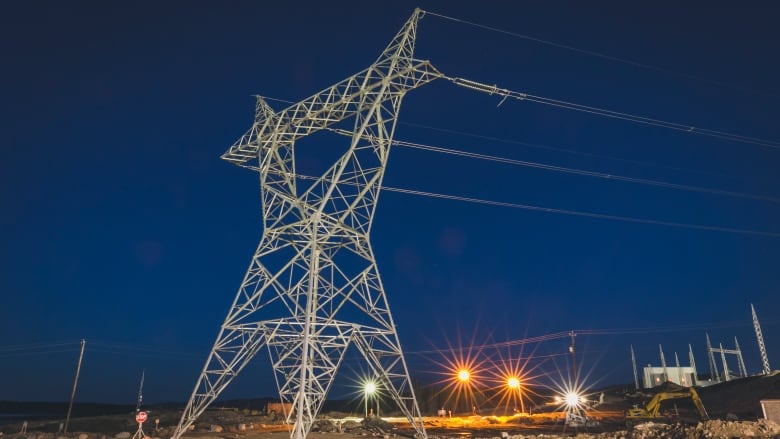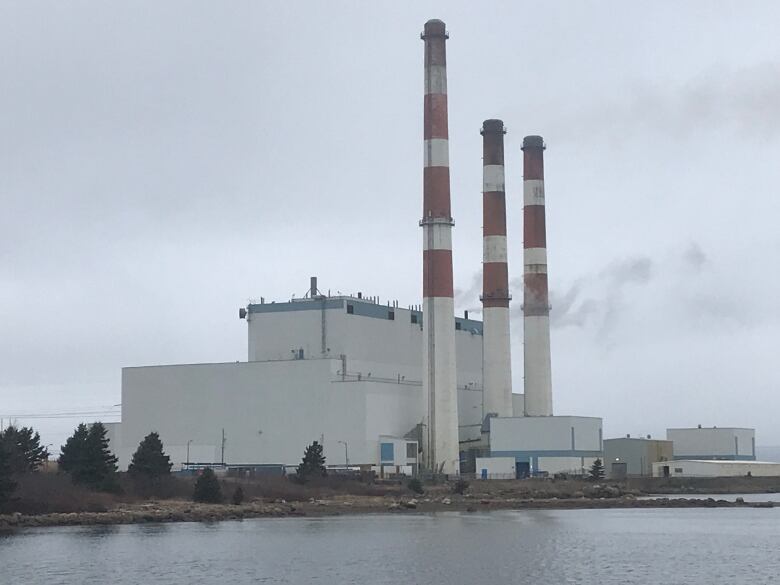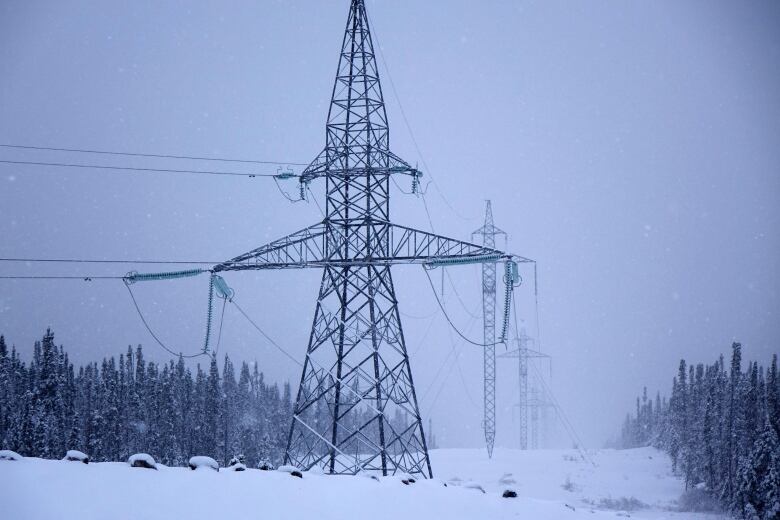Electricity consumption reaches all-time peak, says N.L. Hydro
'When they switch to electric heat, that certainly adds to our system'

With cold temperatures freezing the province Saturday, Newfoundland and Labrador Hydro says it has reached an all-time high peak on the electrical system.
Environment Canada placed much of the province under an extreme cold warning Saturday, with wind chills between 30and 35in the forecast across the island and as low as 50in parts of Labrador.
Rob Collett, Hydro's vice-president of engineering and system operator, says the peak is the combination of the extreme cold and increased electrification, with more people switching from home heating oil to electric heat.
"When they switch to electric heat, that certainly adds to our system and of course when conditions are very, very cold like this, all those heaters are on full blast," he said.
"Around suppertime, too, people turn on their ovens and that kind of thing, and that really creates that peak that we see on the system."
Collett said the previous record peak of 1,720 megawatts was reached in February 2019. That record had already been broken by midday Saturday, he said, with a peak of around 1,770 megawatts expected around suppertime.

Despite the record electricity consumption, Collett said there are no concerns about blackouts or significant power outages.
"We are in very good shape to ride through this afternoon's conditions with enough generation certainly available so that everyone should be able to be comfortable," he said.
"We talk about things like conservation that's not a requirement at all today. People can be comfortable and sure that they are nice and warm in their homes."
There were some outages Saturday in southwestern Newfoundland and in the Conception Bay North area, but Newfoundland Power chalked those up to severe weather.
Collett said it's never a bad idea to try to conserve energy, however, as that keeps fuel costs down at Holyrood and allows for more power to be sent to the Maritimes and Quebec during emergency situations.

The Labrador Island Link was helpful for that exact scenario, he said, with a limited 450 megawatts flowing on the line.
"Even though it's not commissioned and we're still working through the software, it has been working up to 450 megawatts, so today we have it on right up to that limit and it's pushing power to us," Collett said.
"We're also providing some capacity to Nova Scotia as well, of course, because they've had significant outages there and [are] really feeling the strain on the system."
Nearly 9,000 Nova Scotia Power customers were without power at points on Saturday.
Hydro has struggled to complete final testing of the Muskrat Falls transmission system, with the Labrador-Island Link yet to function at full capacity. The link's last high-power tests in November failed, leading to power outages for some 60,000 clients on the island.
The line is rated up to 900 megawatts, Collett said, with another high-power test scheduled with 700 megawatts set for the end of February. He said a successful test would be enough to consider the line commissioned and prepare for future demand, which could top 1,900 megawatts.












_(720p).jpg)


 OFFICIAL HD MUSIC VIDEO.jpg)
.jpg)



























































































